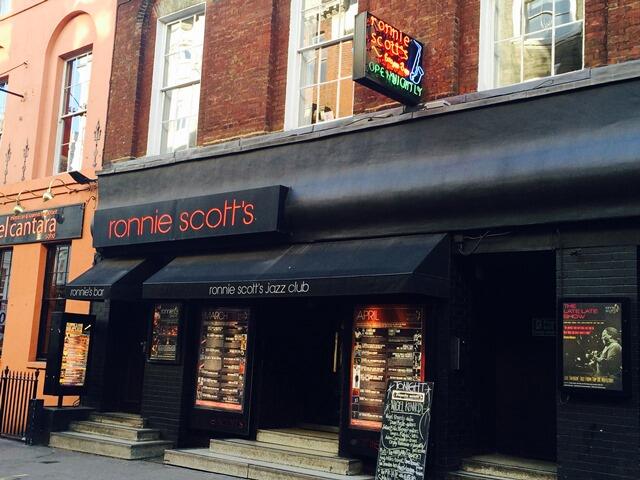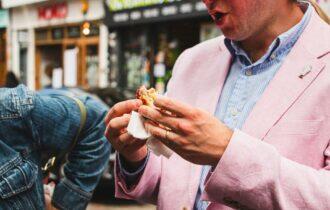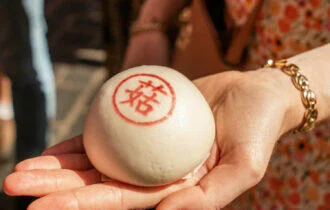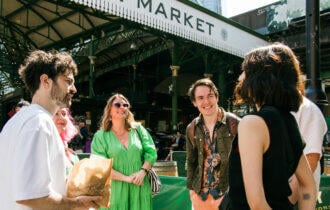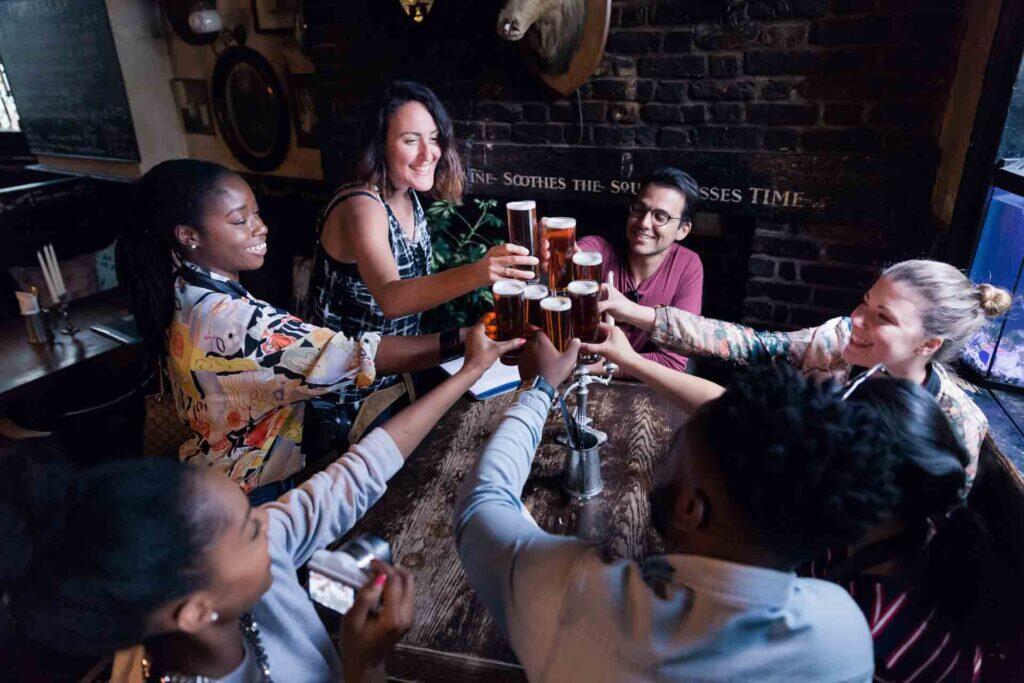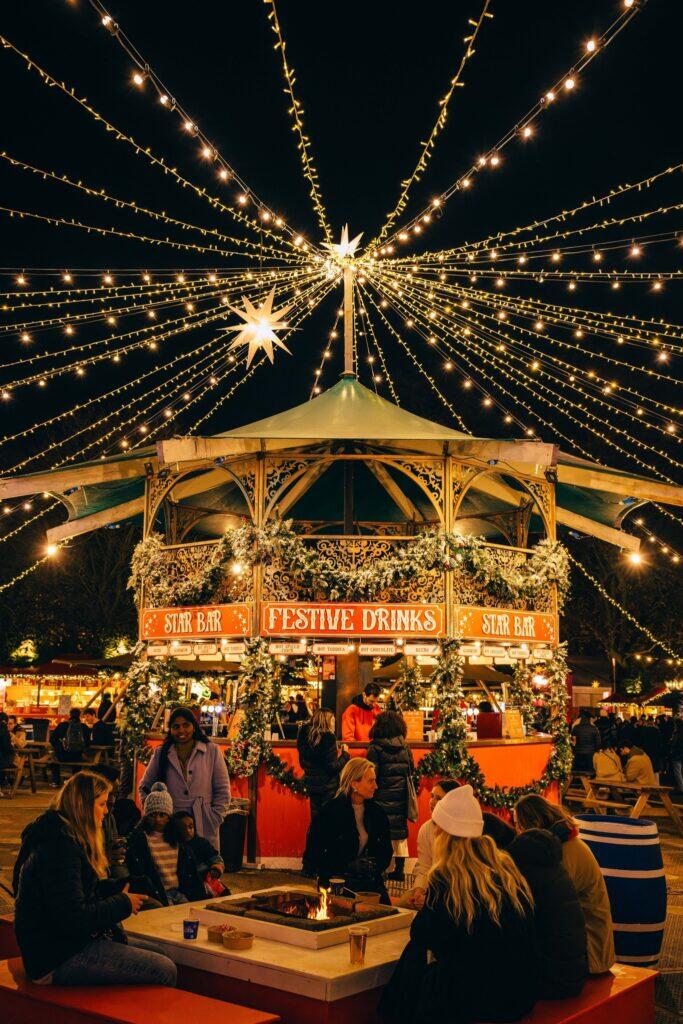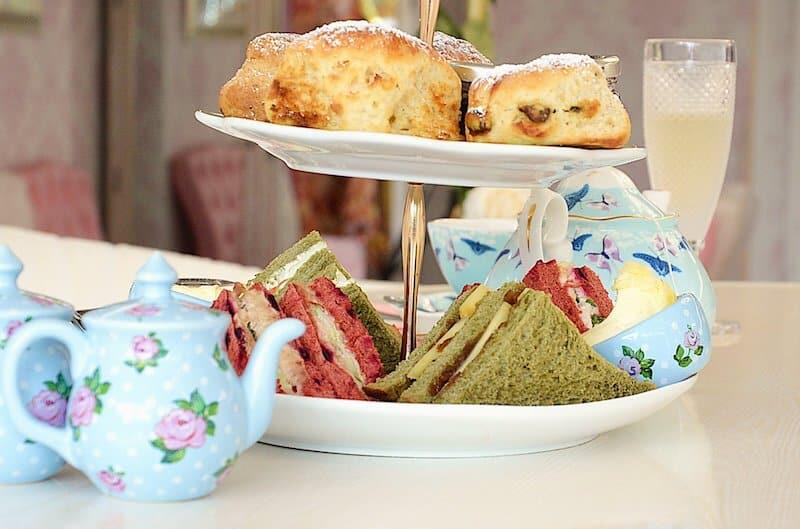Soho: you mention this area of London to 10 people and you’ll most likely hear 10 different opinions on the place. Sex shops, drugs, shopping, drinking, media… these are just a few of the things people associate the area with, but what many people don’t know is the historical importance of Soho. Now we can go back several hundred years here, looking at the important events that have happened and historical buildings that stand between Oxford Street and Piccadilly Circus today, but we won’t. For this post we want to take a look at some of the more modern history of the area, and focus on the musical scene and the venues and acts that have been associated with Soho over the past 60 or so years.
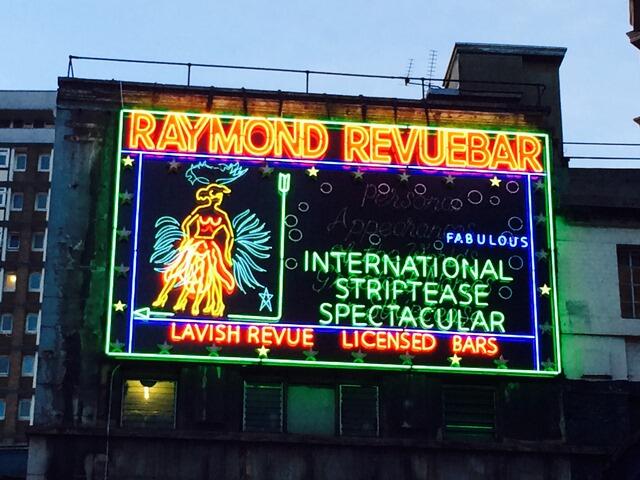
The First Rock Club in Europe
Let’s start way back in the 1950s, when a small club called The 2i’s was taken over by an Australian man named Paul Lincoln (who also went by a wrestling name of Dr Death, but that’s a different story) and Ray Hunter. In 1956, Lincoln and Hunter hired Tom Littlewood, who had previously worked there as a bouncer, to become the club’s manager, and they reopened as a coffee bar with a small live music venue in the basement. Despite having room for no more than 25 people, and a stage a miniscule 18 inches wide, The 2i’s became known as the first rock club in Europe, and propelled Soho to the front of the continent’s fledgling rock scene. Many acts played at The 2i’s, with the likes of Cliff Richard and Tommy Steele being discovered there. The club eventually closed in 1967, and a Vietnamese restaurant called The House of Ho now stands where it used to be. But the rock history is not all forgotten, as the restaurant hosts “Bobby’s Rock’n’Roll Brunch” every Sunday as a nod to the building’s enduring legacy.
The Marquee Club: Making Musical Legends from the 50s to the 80s
In 1958, Oxford Street saw the opening of The Marquee Club, although the most famous years of this now-legendary venue took place close by on Waldour Street, where the club moved to in 1964. Prior to 1964, at the old Oxford Street site, the club had started to become known for its R&B (that’s Rhythm and Blues, real music, not Kanye West). Manfredd Mann played a record 102 sets at the venue between 1962 and 1976, along with visiting American R&B acts which included Muddy Waters. The Club’s owner, Harold Pendleton, also founded the National Jazz Festival in 1961, which hundreds of thousands of people visit nowadays in its current form of the Reading and Leeds Festivals. The list of rock acts who went on to play at The Marquee Club, with many even making their live debuts, reads like a who’s who of the early British rock scene. The Rolling Stones debuted there; Led Zepplin, The Who, Yes, Jethro Tull, Pink Floyd, David Bowie and Fleetwood Mac, believe it or not, are just some of the acts associated with the venue. Jimmy Hendrix also played several sets there.
In 1964, Alex Murray, the manager of the Moody Blues, used a homemade studio in the back of the club to produce “Go Now”, that year’s Christmas number one. After this a proper studio was built, with the likes of Elton John and The Clash going on to record there.
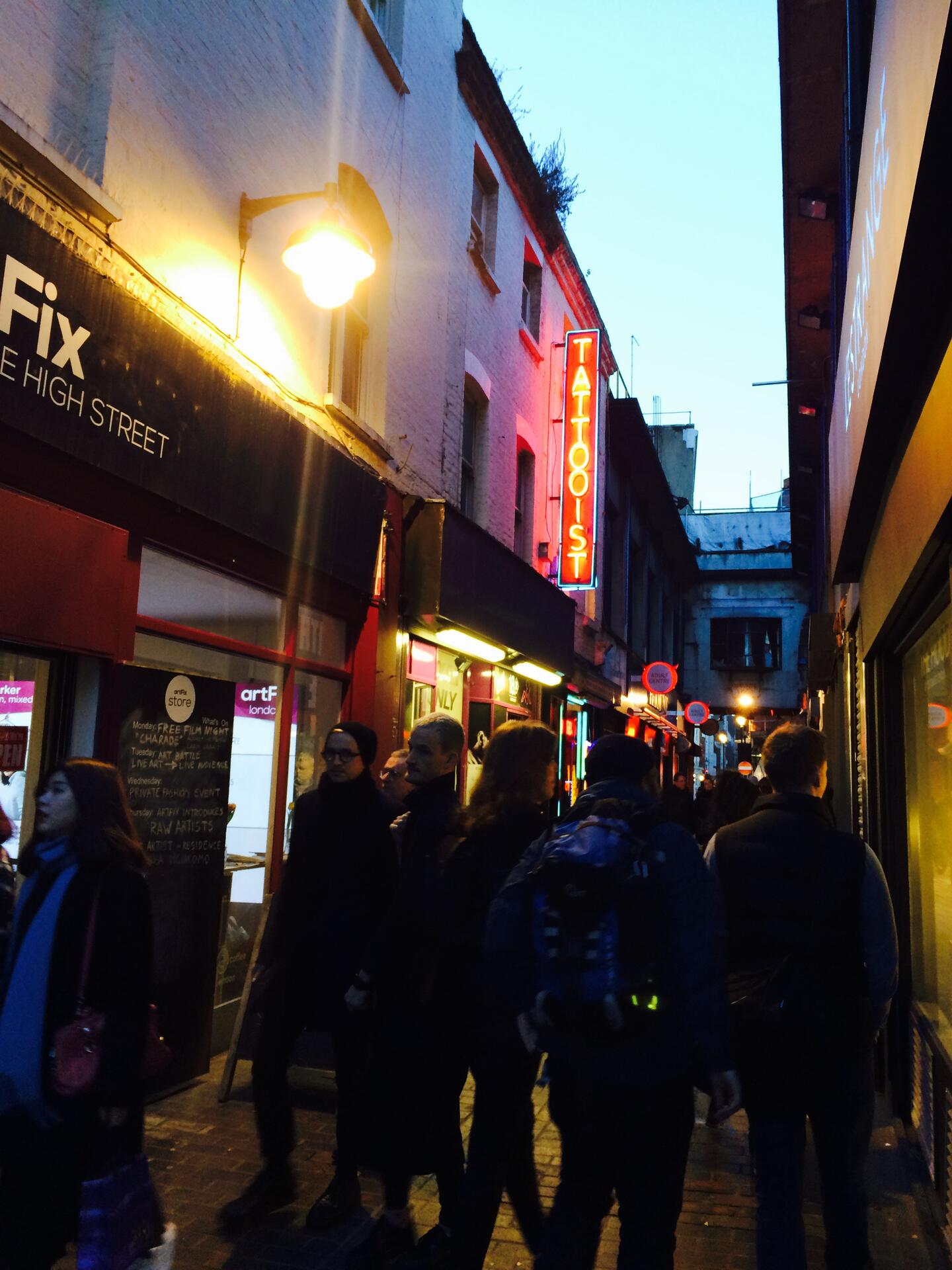
The 1970s saw The Marquee Club going from strength to strength, with acts such as The Stranglers, The Police, The Jam, The Buzzcocks, Joy Division and The Cure playing to an enthralled audience. Before the club’s eventual closure in 1988, the 80s saw a shift to the new British Heavy Metal sound, and the now world-famous acts kept coming, with Iron Maiden and Def Leppard among many others who turned out to delight their fans.
Trident Studios: The Beatles and More
It wasn’t just live acts that gave Soho its unique place in music history. Along with the studio set up at The Marquee, other recording and producing spaces were established for British, and some American, bands and artists to record and produce their material. Trident Studios, set up in St Anne’s Court in 1968, has seen some of the most famous albums and songs, not just in British music history, but in the world, recorded there. Starting off with Manfredd Mann’s “My Name’s Jack”, the studio was launched as one of the finest recording spaces in the country. The Beatles may be more famous for their use of Abbey Road studios, but the superior Ampex machinery at Trident drew The Beatles. “Hey Jude” was recorded there on July 31, 1968; several tracks off The White Album were also recorded there by McCartney, Lennon, Starr and Harrison.
Trident’s success and place in music history didn’t stop with the Beatles. The studio is well known as being the launch pad for a band known as Queen – the band sang with Trident records and was granted use of the studio for their early recordings. Some other albums and songs recorded at Trident in Soho include Elton John’s world-record selling single “Candle in the Wind”, David Bowie’s “The Rise and Fall of Ziggy Stardust”, “Transformer” by Lou Reed, and Mott the Hoople’s “All the Young Dudes”. Other bands and acts to have used the studio include The Rolling Stones, T-Rex, Bee Gees, Boomtown Rats, Supertramp, Thin Lizzy, Genesis and many, many more.
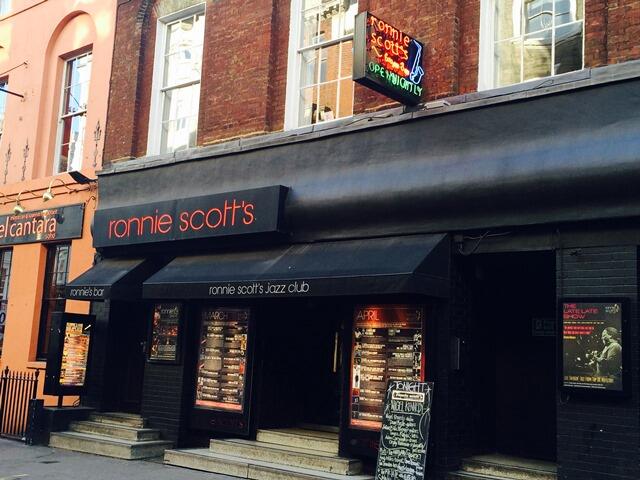
Ronnie Scott’s: the Pathway to Superstardom
The history of music in Soho goes far beyond the clubs and bars of the 1960s, but there really is way too much to talk about in one article. We could, and maybe should, dedicate a whole article to Ronnie Scott’s, one of the most famous jazz venues in the world, which was the site of Jimmy Hendrix’s last ever performance and has been a staple of the UK music scene since it originally opened in 1959. To this day, small venues in Soho continue to pop up and be frequented by up-and-coming bands, many of which go on to achieve global superstardom. Coldplay, The Arctic Monkeys, and Mumford & Sons are just a few to have played intimate gigs in the early part of their careers, and we know there will be many more to come.
So next time you find yourself singing along to “Hey Jude”, or “Painted Black” comes on the radio, remember where this music came from. When you next find yourself watching a pub band in a small bar off Carnaby Street, consider that 20 years from now you could be telling your children how you watched the biggest band in history play to 30 people. Soho may have a place in music history that can never be taken away from it, but it also has a place in the future: the music hasn’t stopped yet.

